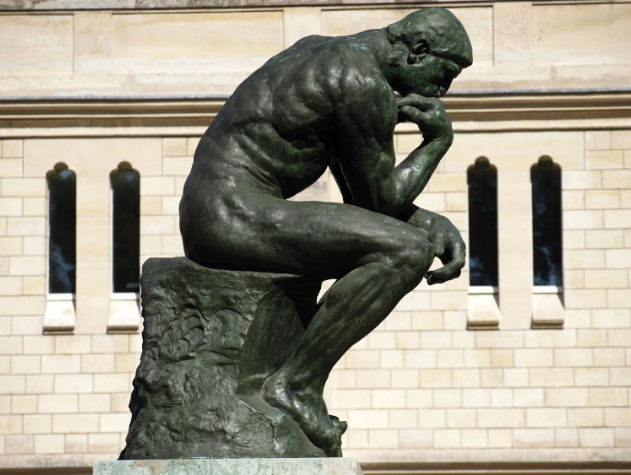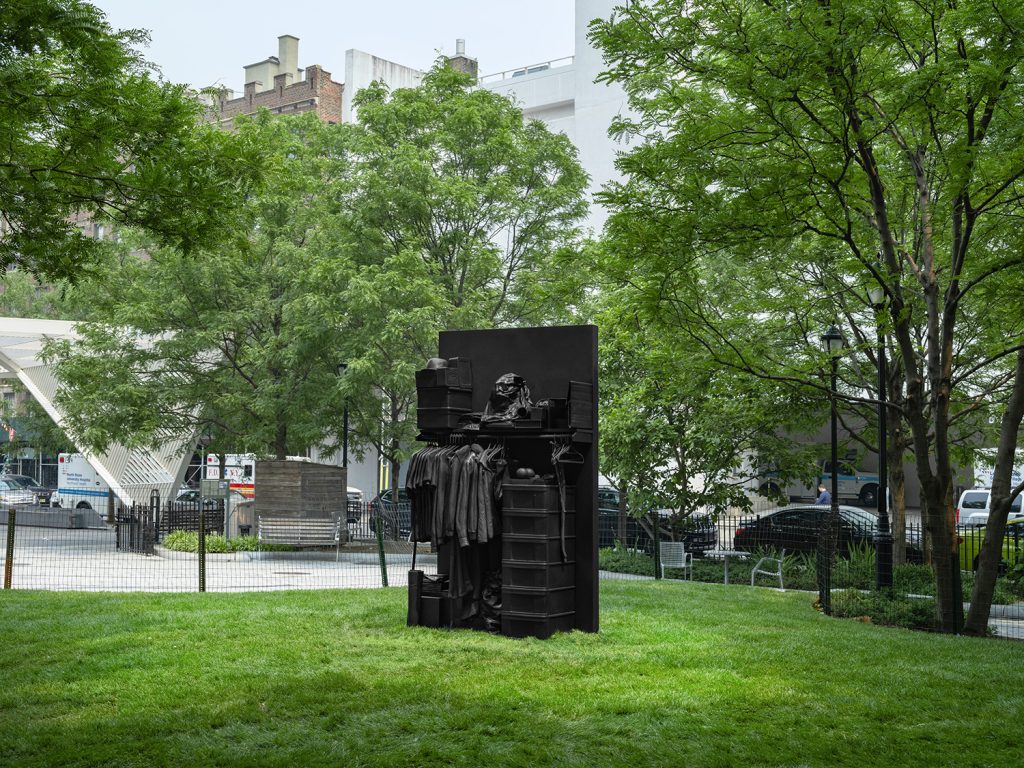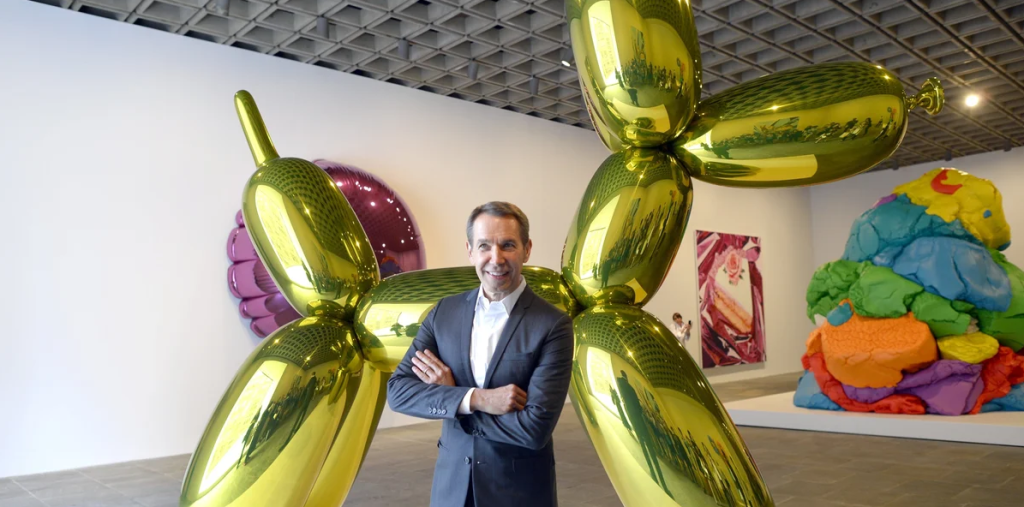The Essence of Emotion: Analyzing Rodin’s 1903 Masterpiece
In the world of sculpture, few names resonate with the same passion and depth as Auguste Rodin. His 1903 work, “The Kiss,” stands as a testament to the profound emotional power of art, exploring themes of love, intimacy, and human connection. This piece not only showcases Rodin’s technical brilliance but also invites viewers to delve into the complexity of human emotion.
The Inspiration Behind “The Kiss”
Rodin’s “The Kiss” is inspired by Dante Alighieri’s “Divine Comedy,” specifically the moment when the lovers Paolo and Francesca are united in death. This context adds layers of meaning to the sculpture, evoking the tragedy and longing that often accompany love. Rodin adeptly captures the tension between the physical and spiritual aspects of love, illustrating how passion can transcend even the most heartbreaking circumstances. The interplay between the figures emphasizes their emotional connection, inviting observers to reflect on their own experiences of love and loss.
Technical Mastery in Sculpture
Beyond its emotional impact, “The Kiss” showcases Rodin’s unparalleled skill in working with form and texture. His innovative use of marble brings the figures to life, with each curve and contour resonating with human warmth. Rodin’s attention to detail is remarkable; the way their bodies intertwine creates a seamless flow that draws the viewer in. This technical mastery enhances the emotional weight of the piece, allowing a deeper connection to develop between the sculpture and its audience. By blending naturalism with hinting at the ethereal, Rodin invites viewers to contemplate the deeper meanings behind physical beauty.
The Legacy of Rodin’s Work
Rodin’s “The Kiss” has left an indelible mark on the art world, influencing generations of artists and paving the way for modern sculpture. Its exploration of human emotion continues to resonate with people today, serving as a reminder of the power of love in its many forms. The timeless nature of this work draws visitors from around the globe, making it a must-see for anyone interested in art history or emotional connection. Rodin’s ability to encapsulate complex emotions in a single, frozen moment elevates this sculpture to a masterpiece, ensuring its place in the hearts of art lovers for years to come.
In conclusion, Rodin’s 1903 masterpiece “The Kiss” invites us to grapple with the essence of emotion and the beauty of human connection. Whether you’re an art enthusiast or simply curious about the stories behind iconic works, delving into this sculpture can enrich your understanding of love and its complexities. Explore more about Rodin and his remarkable creations; they are waiting to inspire you.


